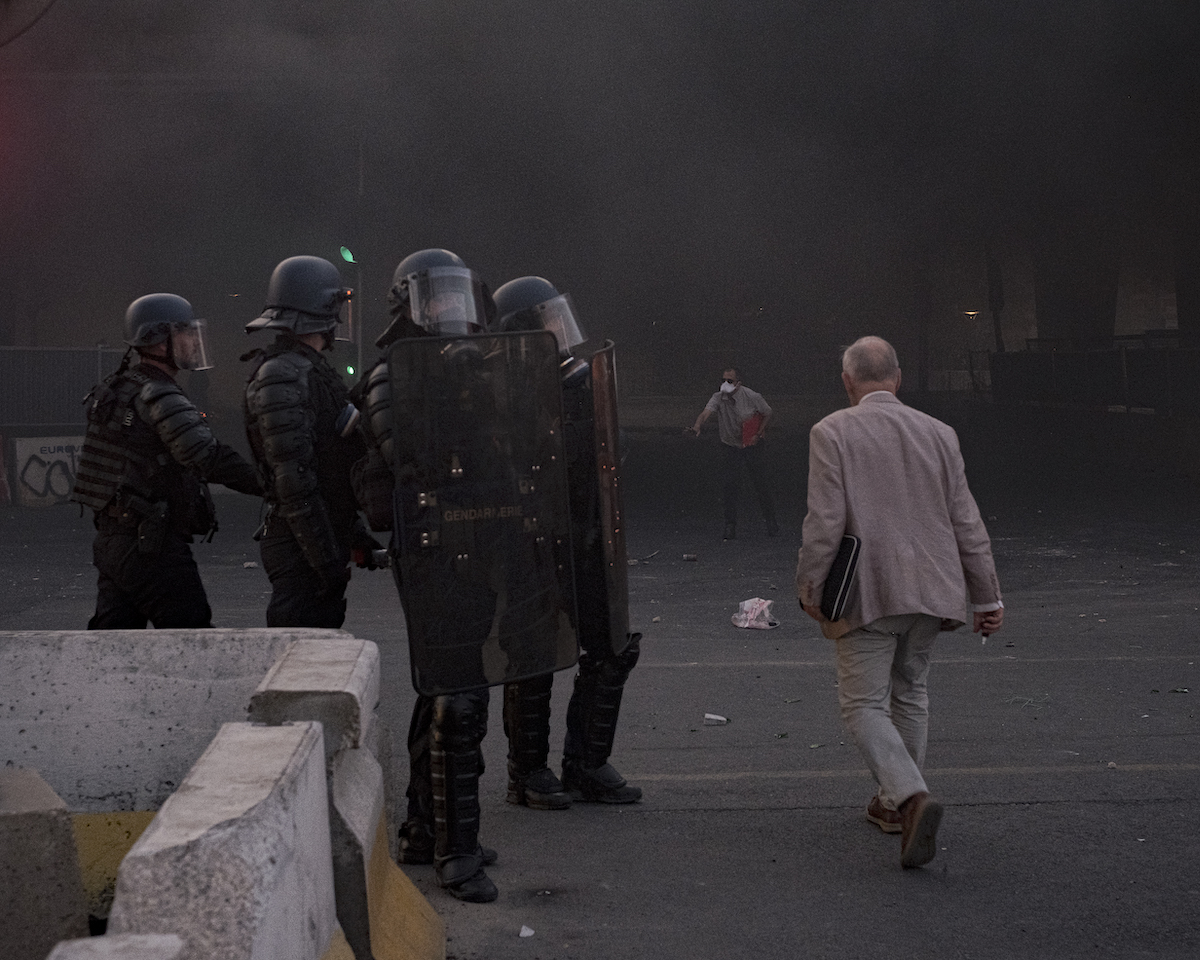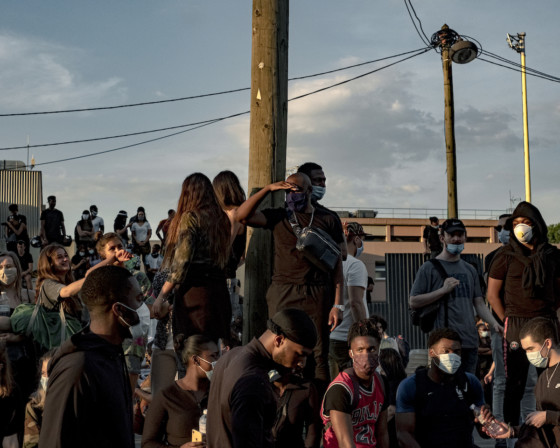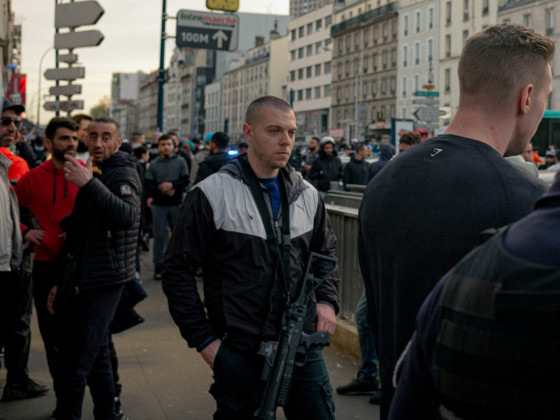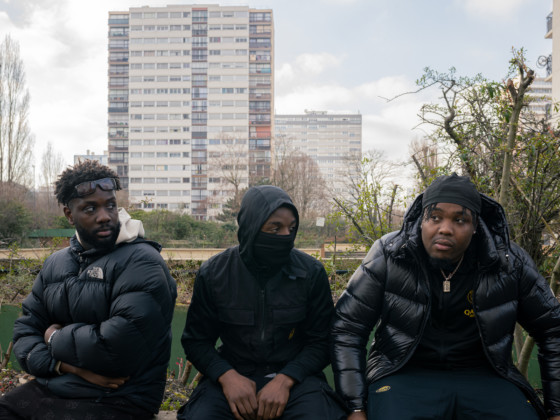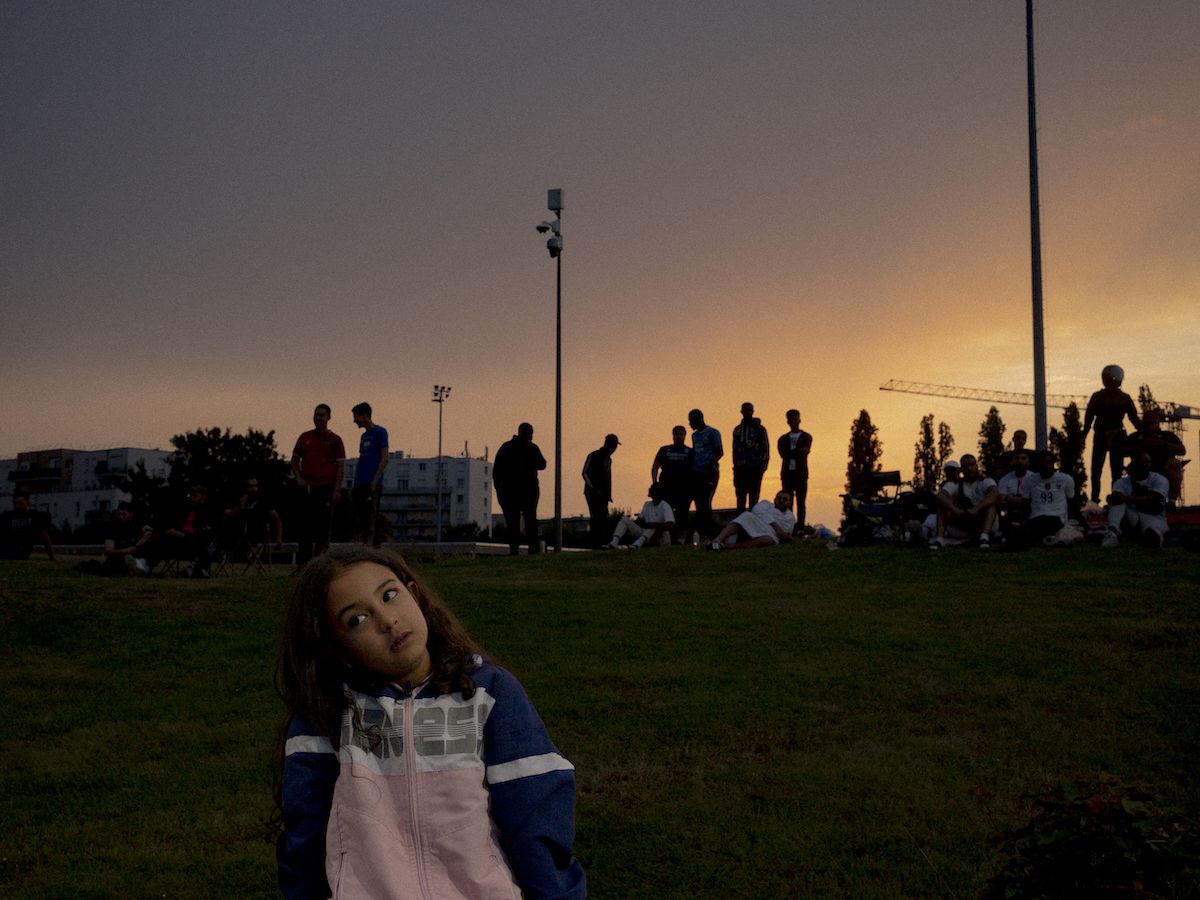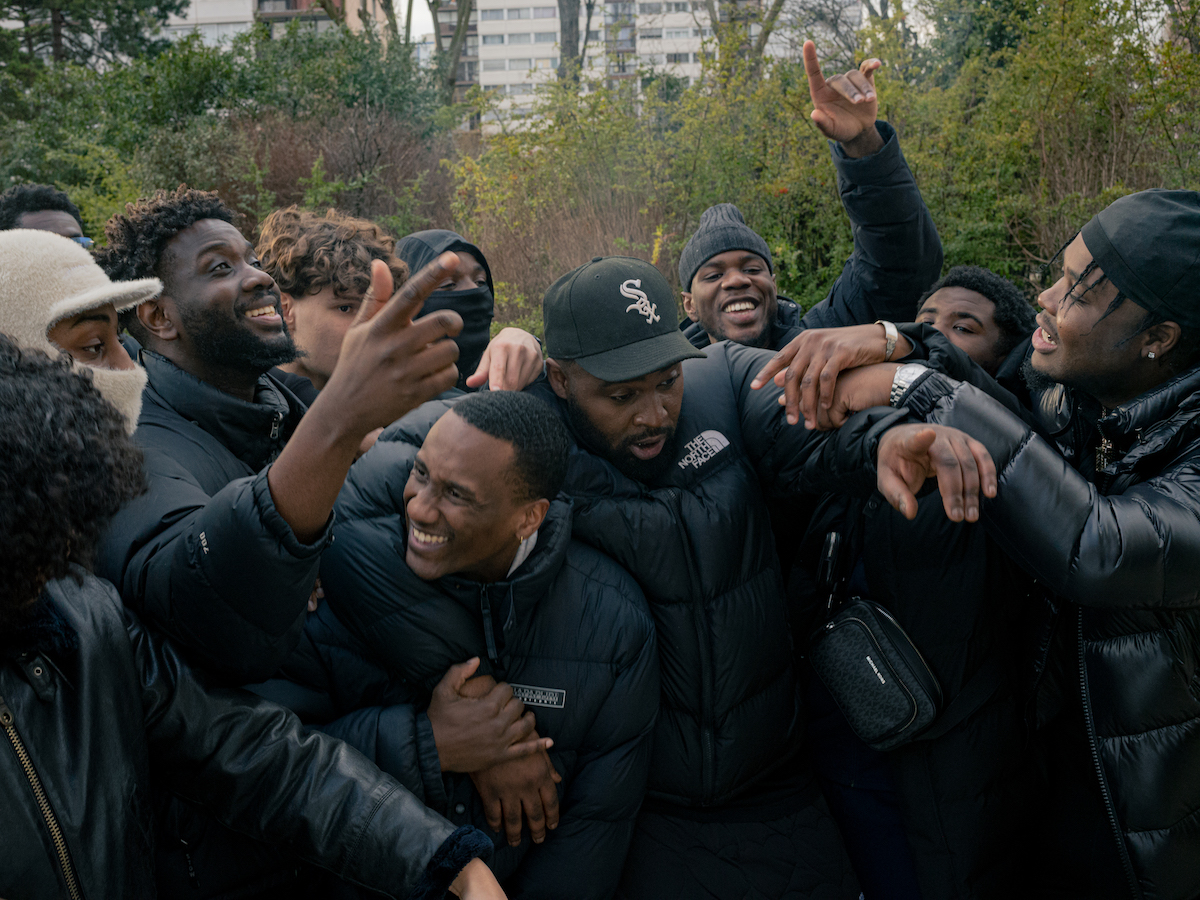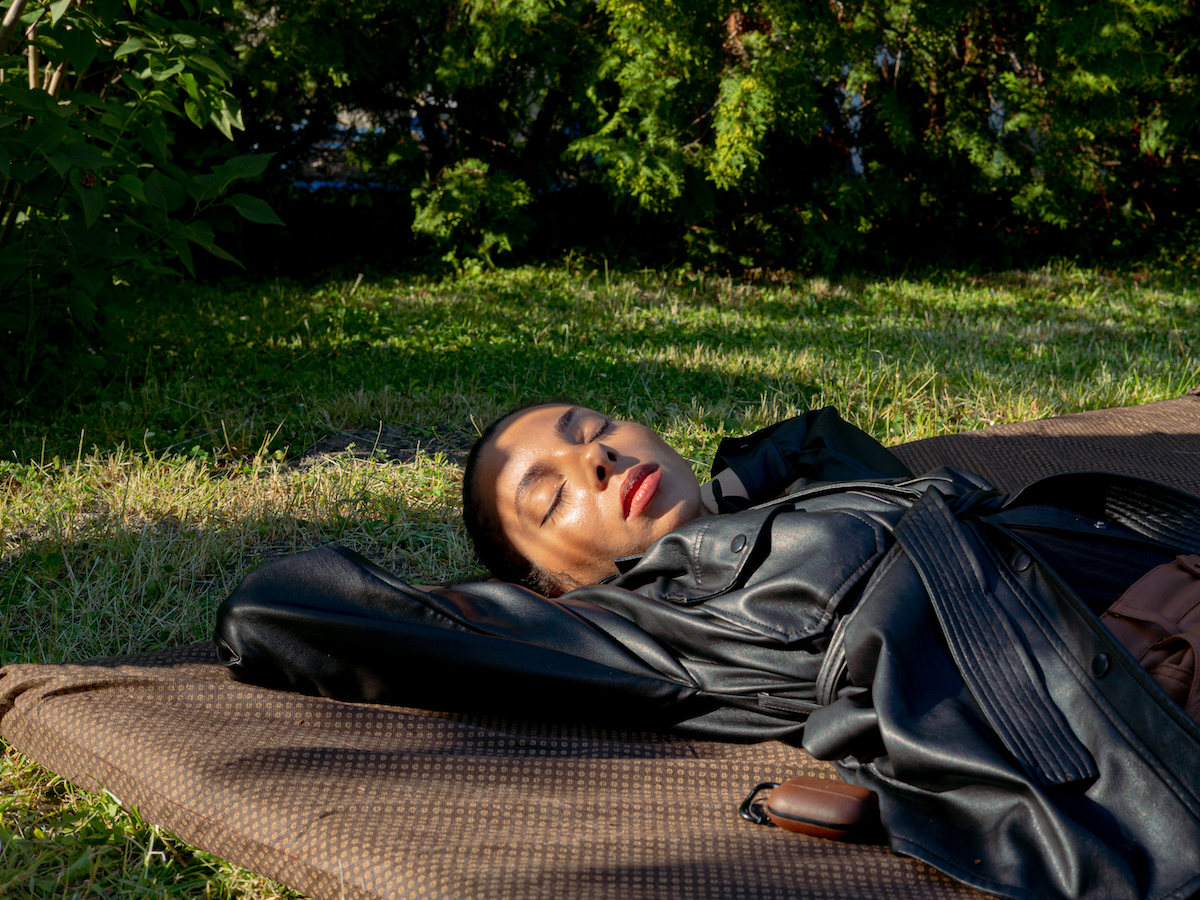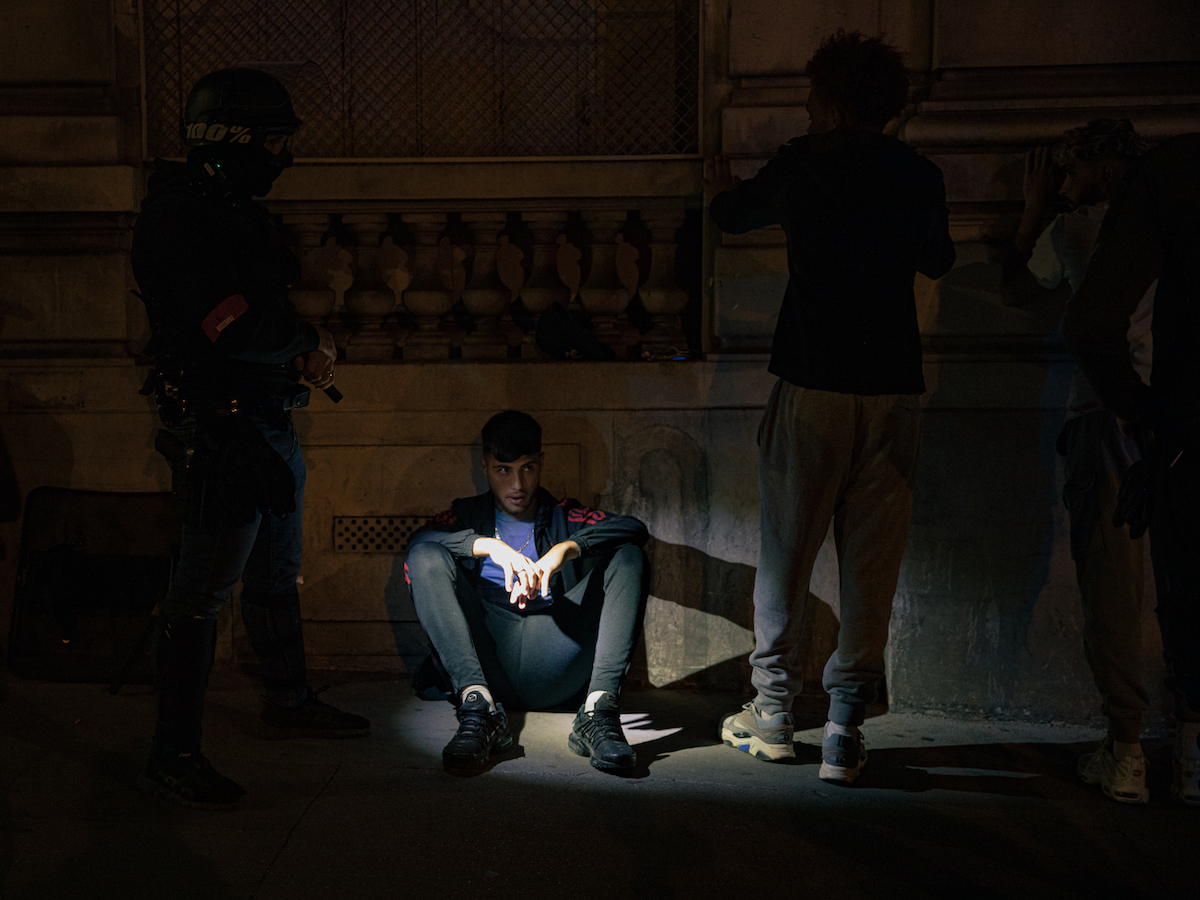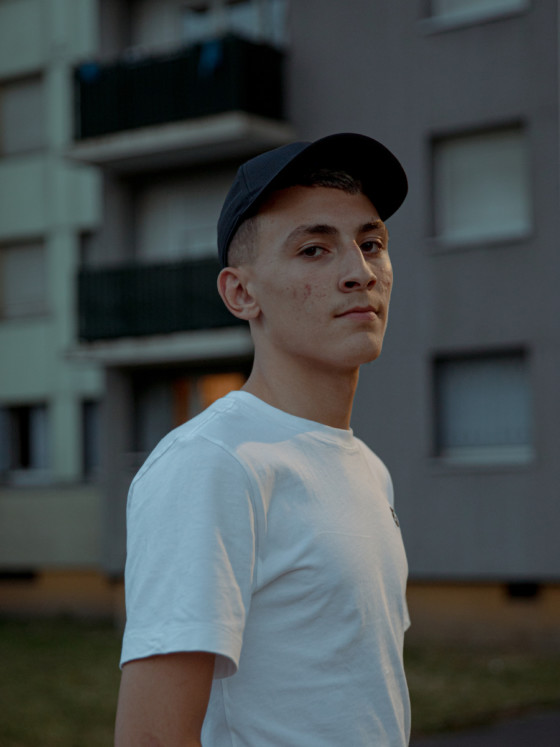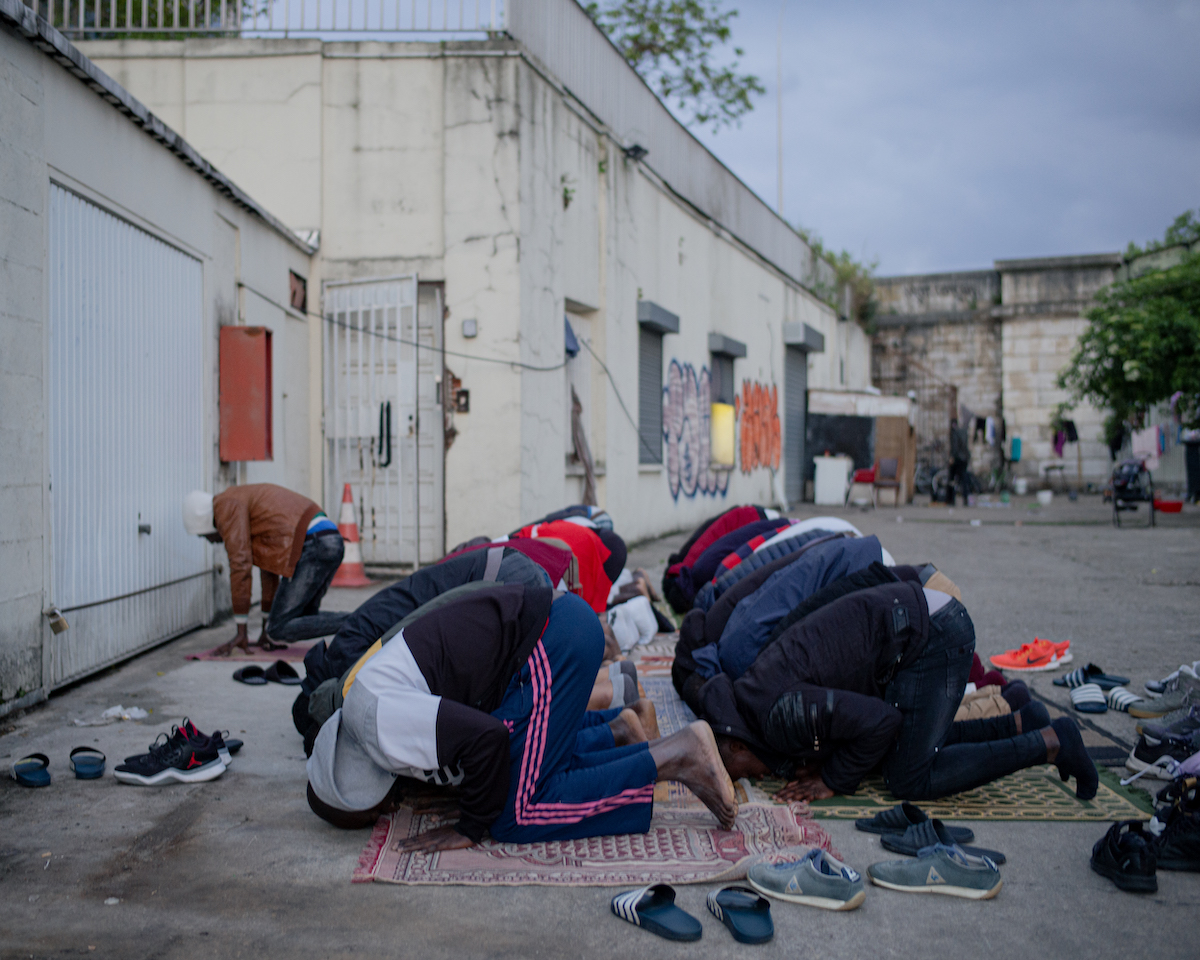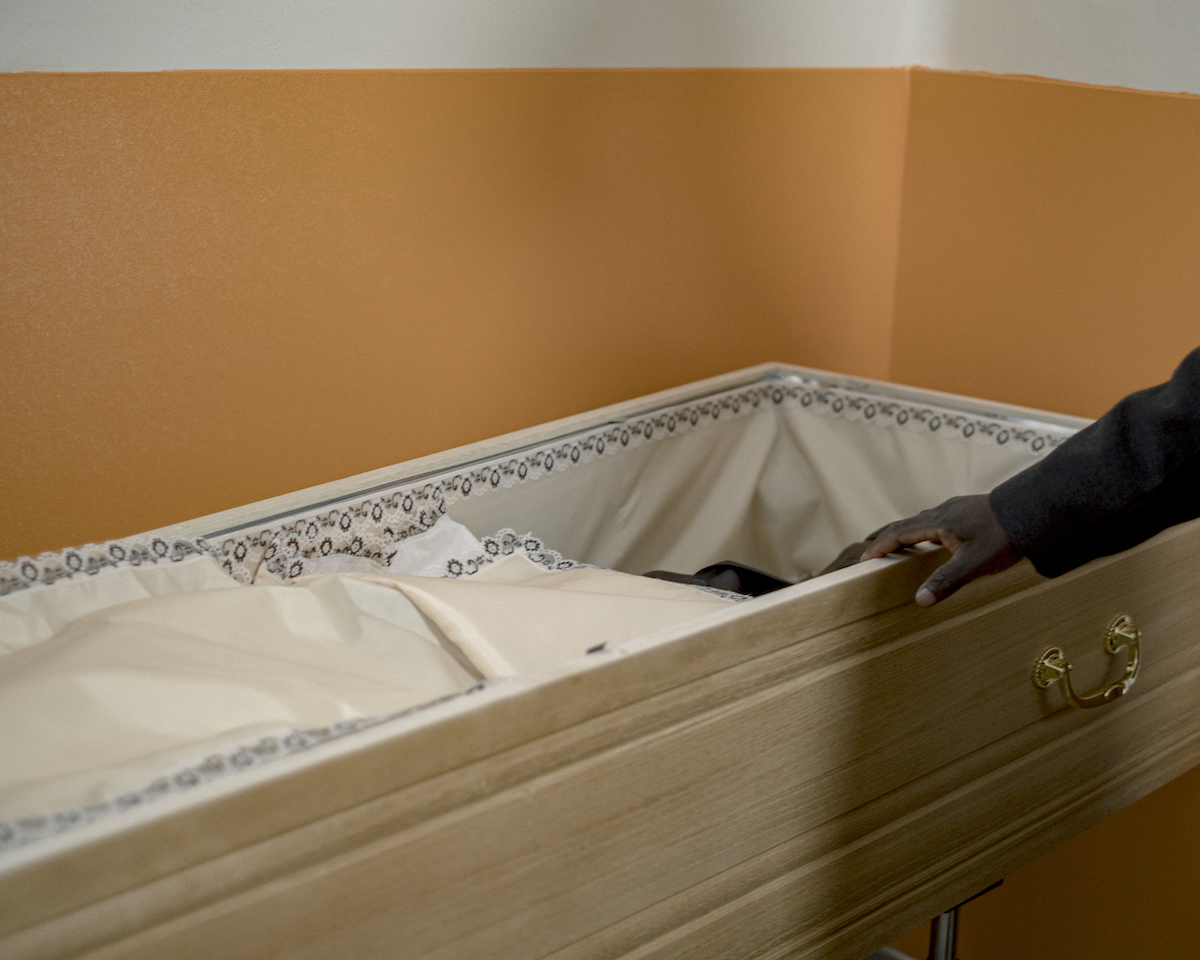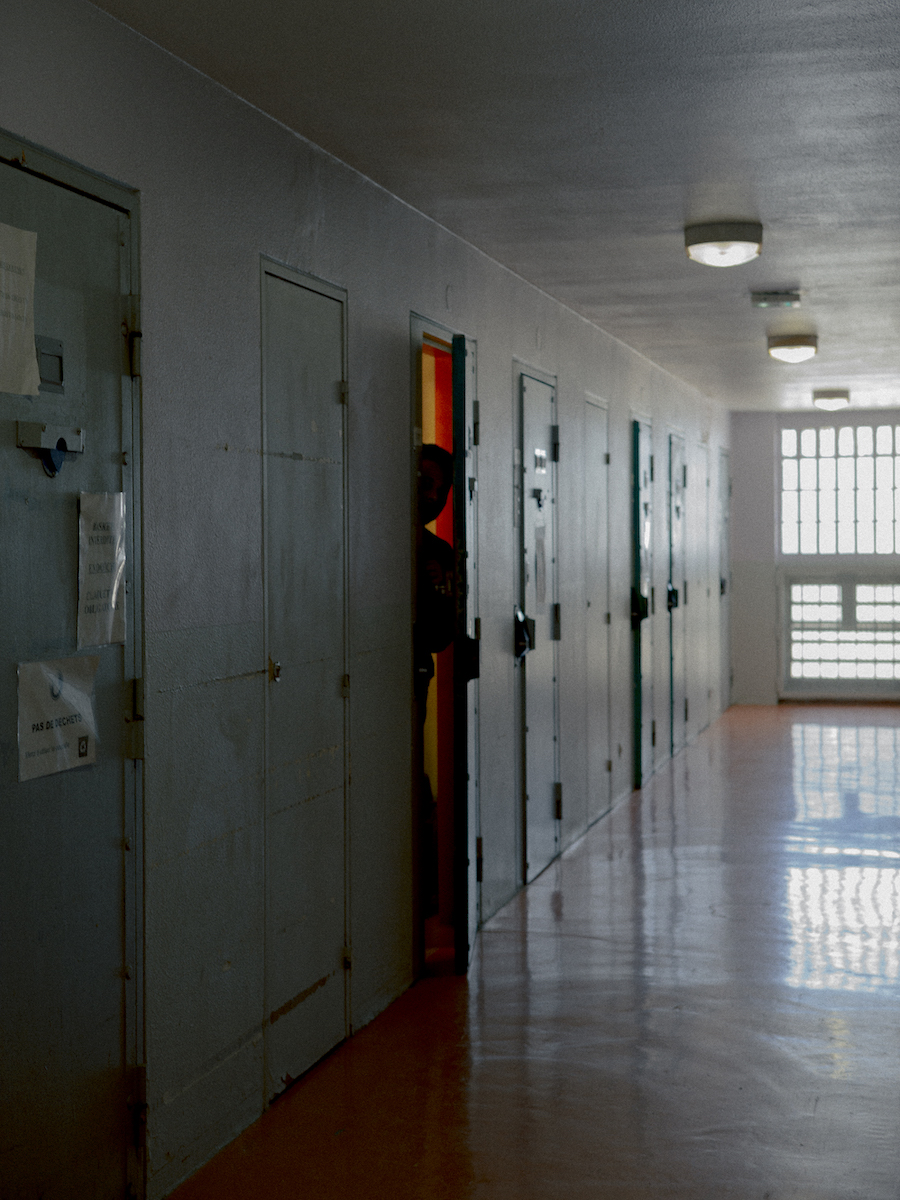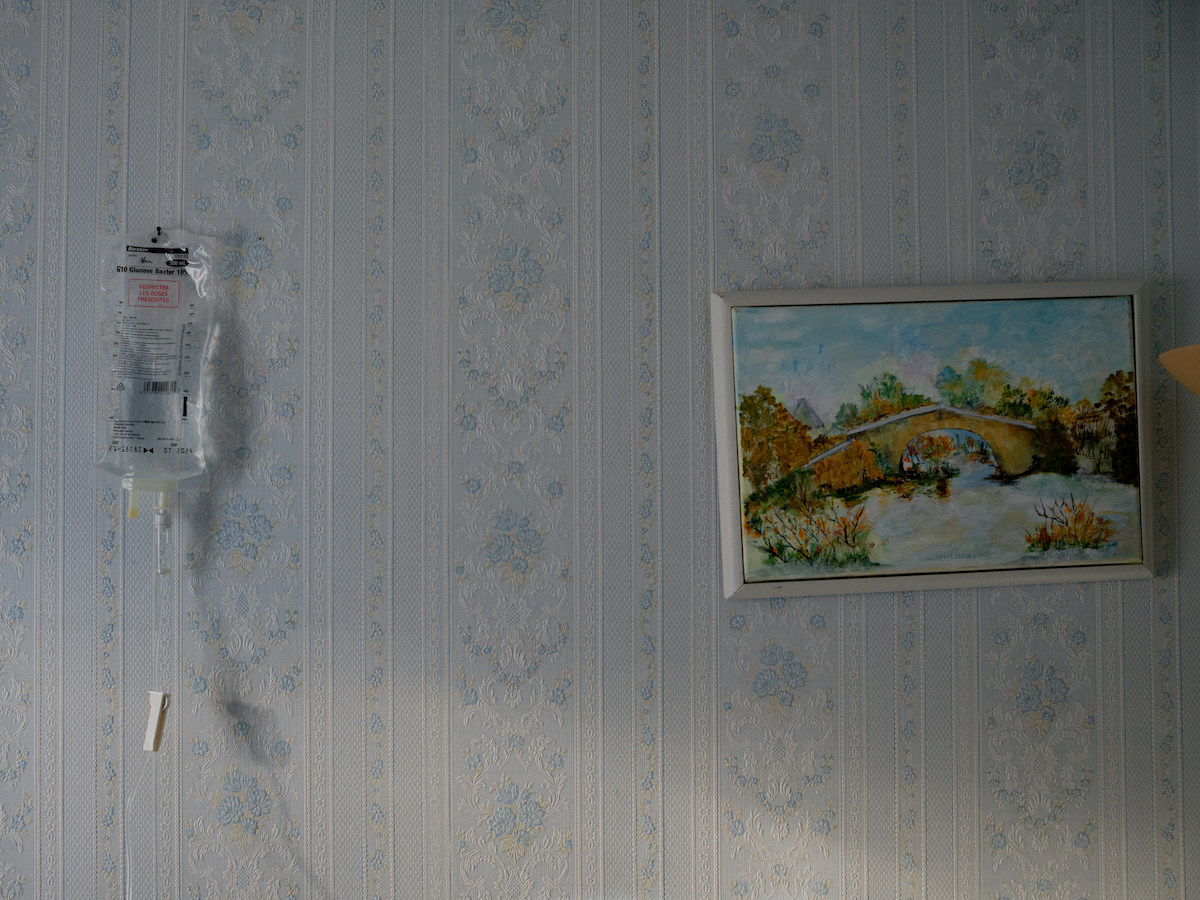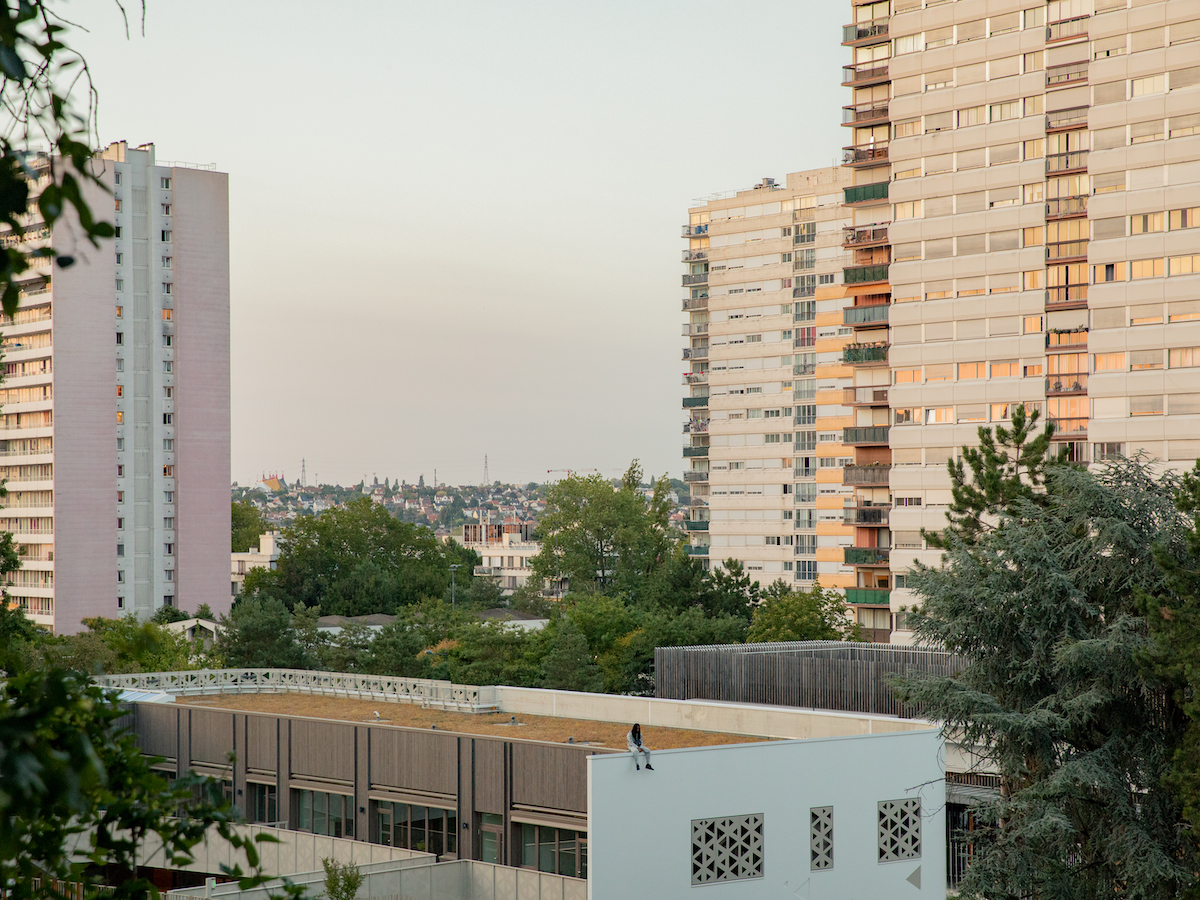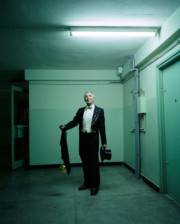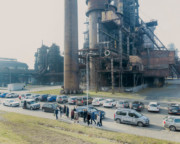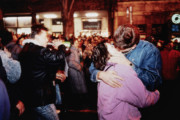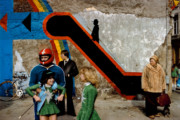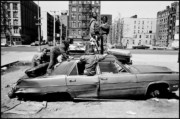William Keo’s Visions of the French “Banlieues”
William Keo unpacks the reality behind life in the suburbs of Paris, one of France’s “greatest myths,” in his ongoing major project.
Since the age of 18, French-Cambodian photographer William Keo has been traveling across Europe, Africa, the Middle East, and beyond. He has documented the Syrian refugee crisis and the country after the fall of the Islamic State, the war in Ukraine since 2018, and humanitarian disasters such as the Rohingya crisis, to name only a few. Today, the now 26-year-old has set his sights closer to home for his first long-term personal project: an exploration of life in the French banlieues.
Keo grew up in Seine-Saint-Denis (93), a district in the northeast of Paris. It is a place, according to the photographer, that is full of paradoxes. It is both stigmatized and romanticized. Stereotypes and depictions of violence litter representations of the French banlieues in popular culture, from Kassovitz’s La Haine in 1995 to Gavras’ ultra-glossy Netflix-hit Athena in 2022.
Life in the banlieues, Keo explains, is one of the “greatest myths that France has ever created.” For the photographer, it was time to start representing the people, the communities, and the culture, in a different, more honest way.
The project began in 2019. Keo first turned his lens to the migrant communities living in and around the cities of Saint-Denis and Aubervilliers, documenting their daily lives and highlighting their social exclusion from the rest of society. Then, with the support of a grant from the Bibliothèque Nationale de France (BNF), he turned his attention to public services.
“The way these services work is representative of the state, and how people are treated in the area,” he explains. For almost a year, Keo documented different aspects of the public services, from life in a prison in Villepinte which has over double the number of inmates than its “maximum” capacity in 2022, to accompanying the emergency services in Saint-Denis, and following the “anti-crime brigade,” a civilian police force that intervene on small and medium crimes.
Today, Keo continues to develop this body of work, turning his attention to different themes of everyday life, and documenting different points of view from his own surroundings through a photojournalistic lens.
And, of course, in recent years, footage of riots in and around the French capital and neighboring zones has been quick to ignite and spread around the world. “Riots is just one chapter in the story,” Keo explains. “It is the result of a serious lack of dialogue between the government and the people, as well as growing social exclusion.” Earlier this year, Keo documented the demonstrations and riots that took place after the death of Nahel Merzouk, a 17-year-old from a suburb of Paris, and a demonstration in honor of Adama Traoré, who died in police custody in July of 2016.
“More than ever, the episodes of violence in France following Nahel’s death are the result of a historical process strongly influenced by socio-economic factors, racial struggles and social violence,” he states.
"Deep, committed and emphatic documentation is the only way to deconstruct the representation of this territory."
-
Recently, Keo has shifted his focus to a new chapter on the young generations of the neighborhoods, in a chapter titled Juvénile. “Halfway between adolescence and adulthood, young people from the French banlieues are often wondering about their future,” he explains. “They spend so much time dreaming, wanting to do something, make a living beyond the housing estates where they live. There’s not much to do, but people have so much passion and ambition that they have to channel it somewhere.”
"I've spent time photographing my daily life, my friends, my family... I've tried to transcribe the atmosphere, the moods, the colors, and the life that emanates from them. "
-
Close to five years after starting the project, Keo’s work on the banlieues has morphed into a major body of work, divided into numerous chapters. Together, these individual projects merge to present a vast fresco of life in these neighborhoods — with all its complexities and contradictions. It is a major project to debunk myths and stereotypes in the present day, but will also serve for future generations as a documentation of present-day society in these often dismissed regions of France. His aim: to complete it before the Olympic Games in Paris next year.
For daily updates on Keo’s work, follow @william.keo on Instagram.


